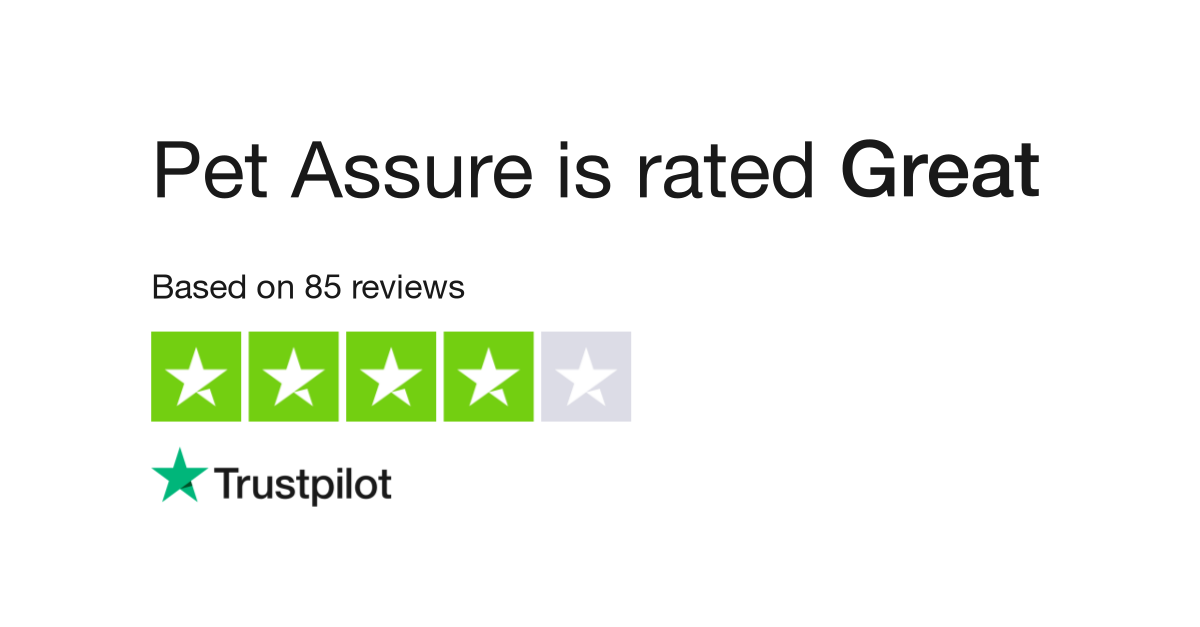
When you are buying pet insurance, it is crucial to understand the details. Most plans focus on accidents and unexpected illnesses. However, they don't cover preventative care or pre-existing conditions. You should consider purchasing a plan that includes wellness benefits to ensure you have the best coverage.
Comprehensive coverage
Comprehensive coverage includes all medical expenses for your pet. This includes vaccinations, annual wellness exams, long-term illness, and surgery. All medications, including prescription medicine, eye and ear drops, as well antibiotics, are covered. Some policies provide coverage for preexisting conditions. It is crucial to know what your insurance policy covers, and which options will be best for you pet.
Comprehensive pet insurance covers many conditions, including those caused by hereditary disorders and illnesses. The policy also includes ongoing care, diagnostic tests, and treatment. Dental care, for example, is covered up to $1,000 per year, as well as treatment for genetic disorders or other diseases. Additionally, once a pet is covered under an insurance plan, the coverage continues with renewal.

Excludes pre-existing condition
If you're buying pet insurance for your dog, it's important to know what is covered and what isn't. Certain pre-existing conditions may be excluded from coverage. These include chronic and degenerative illnesses. For example, if your dog has chronic diarrhea, it might be excluded from coverage for 12 months.
While most pet insurance policies will not cover preexisting conditions or illnesses, there are exceptions. Some plans cover common illnesses and conditions that are considered "pre-existing." Likewise, many companies cover genetic or hereditary conditions. These policies will be specific to the insurer.
Co-insurance excess
You may have to pay an excess depending on the age and health of your pet. Some insurance companies require you to pay this amount, while others allow it. You should carefully read the policy documents to find out if there are any coinsurance clauses. A pet insurance policy without compulsory co-insurance may be more affordable.
When comparing policies, make sure you consider how much the excess will be for each condition. There are varying amounts of excess in policies. Some policies have a fixed amount while others have an adjustable amount. Another thing to consider is where you live and how old your pet is.

Annual deductible
Annual deductible pet plans are great for budgeting. They are also flexible, as you only have the deductible to pay once per policy year. This means your pet can go to the vet as often as they need. You won't be charged high fees every time your pet visits the vet.
For pet insurance, you can also opt for a per incident deductible. This deductible does not apply if you take your pet to the vet. Each new incident counts individually. The per-incident or incident deductibles are reset with each new incident, which is a difference from annual deductibles. A per-incident or per-incident deductible is usually higher than an annual deductible. You might need to pay more each year if your pet has multiple conditions or injuries.